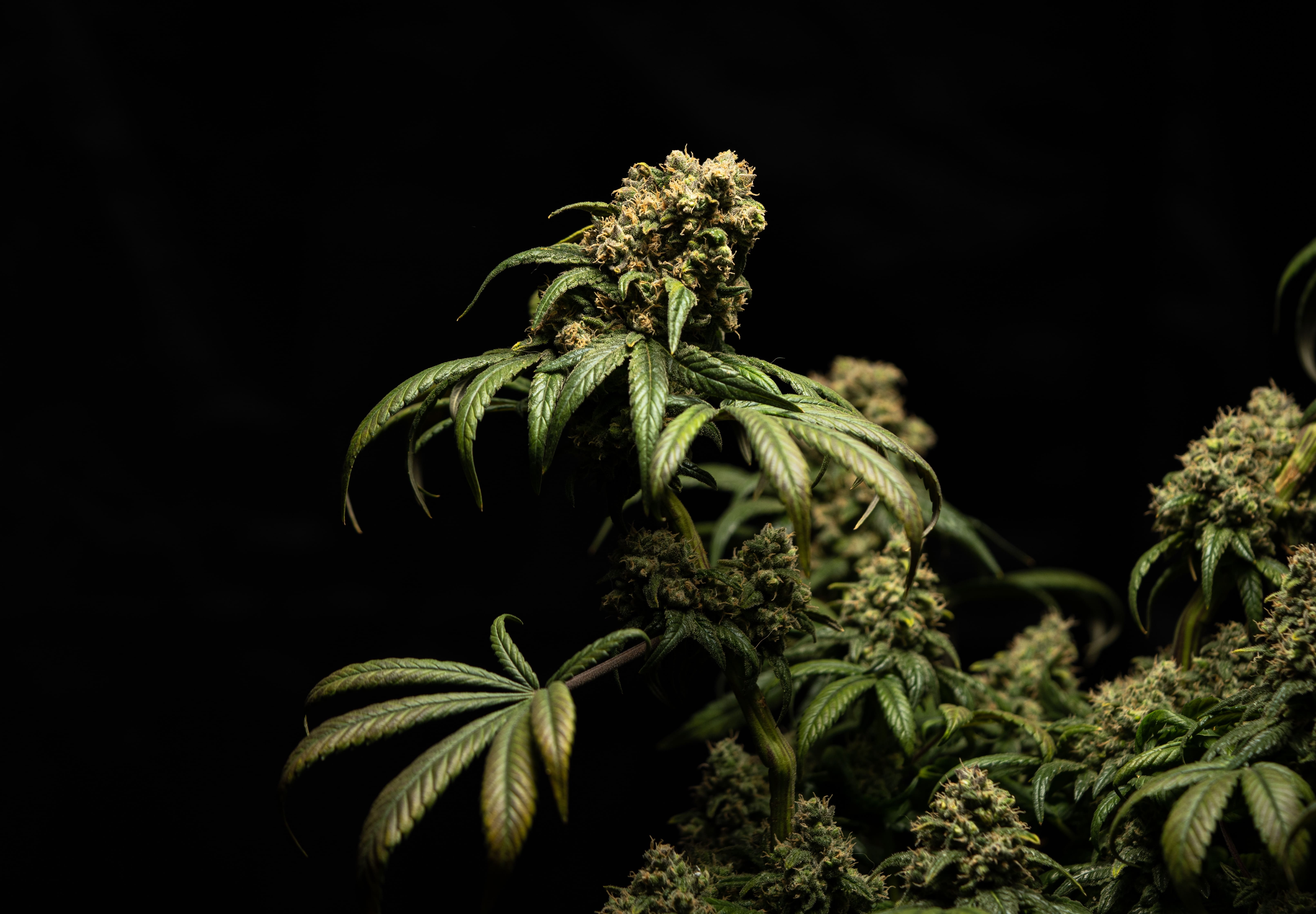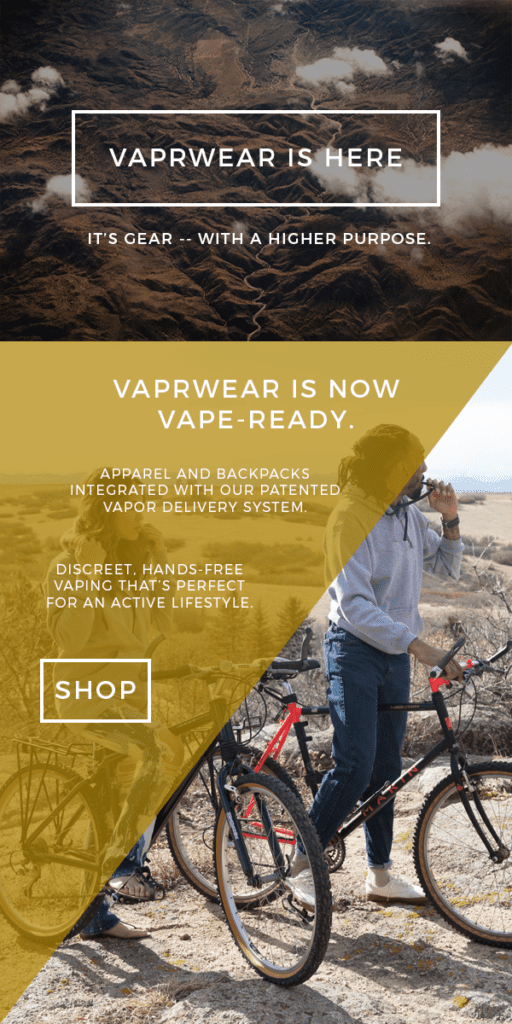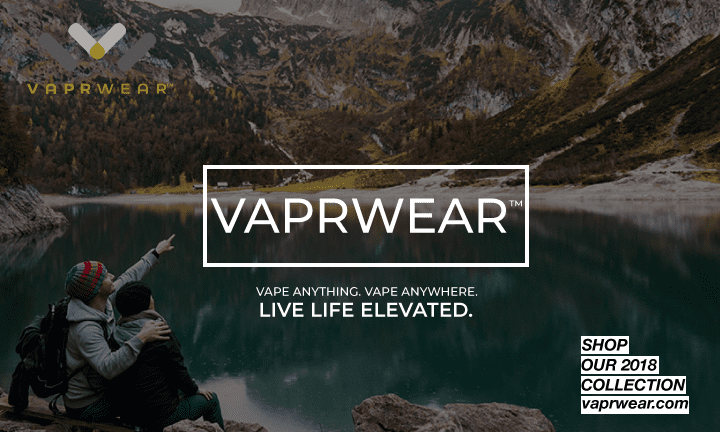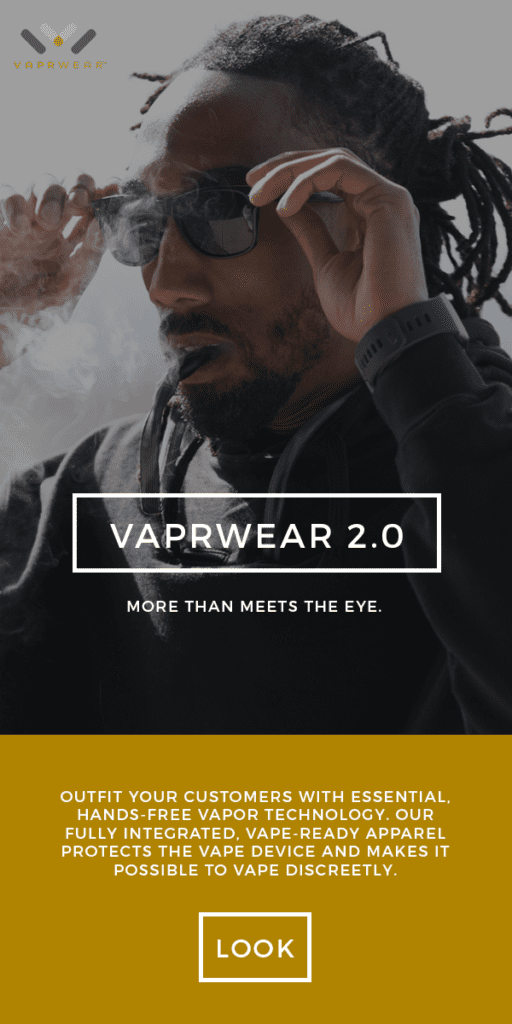Cannabis Case Study

Results
Despite varying levels of medical and recreational legalization in states across the nation, cannabis remains a Schedule I drug at the federal level. What does this mean for marketing? Well, it means we need to get creative in the digital space to provide solutions for our cannabis clients. By tailoring a solutions-oriented and personalized approach to this client’s marketing needs, we were able to help elevate the brand’s reach and boost sales.
- Increased bottom-tier conversions from 5% to 33%
- Increased top-tier conversions from .7% to 46%
- Increased marketing ROI by 300%
Identifying The Challenges
The client faced challenges establishing their presence in the competitive medical and recreational marijuana industry due to a lack of clear brand identity and an effective marketing strategy. In an industry with limited precedents for go-to-market strategies, they risked blending in with numerous similar businesses. Additionally, advertising hurdles arose from marijuana’s federal Schedule I status, prohibiting platforms like Facebook and Google. Their fragmented and costly marketing efforts lacked cohesion, focusing on short-term product pushes without follow-up, resulting in an average cost per conversion of $240.
Here’s How We Did It
We started our efforts by focusing on the core audience segments.
- Initially, we identified key target audiences to maximize conversions.
- Once this was accomplished, we developed buyer personas — fictional personas with detailed demographics, preferences, social media habits, and buying power.
- Subsequently, we mapped the buyer’s journey from initial touchpoints to post-sale interactions.
- With a clear understanding of our audience, we created cohesive brand guidelines and ensured a unified brand experience across all platforms.
- To enhance online presence, we implemented a comprehensive social media strategy, consistently scheduling visually appealing and relevant posts.
- We established an email marketing strategy, maintaining regular customer engagement and reinforcing brand recall.
- To bolster both in-store and digital presence, we developed assets aligned with the new brand identity.
- Lastly, we facilitated alignment between sales and marketing teams, fostering open communication, establishing KPIs, and sharing revenue growth goals.




“Madison Taylor possesses the expertise to take any business to the next level. They are knowledgeable about the latest industry trends and know what it takes to attract the ideal client to your organization. Every interaction I’ve had with the staff at Madison Taylor reflects their high level of professionalism and commitment to clients.”
